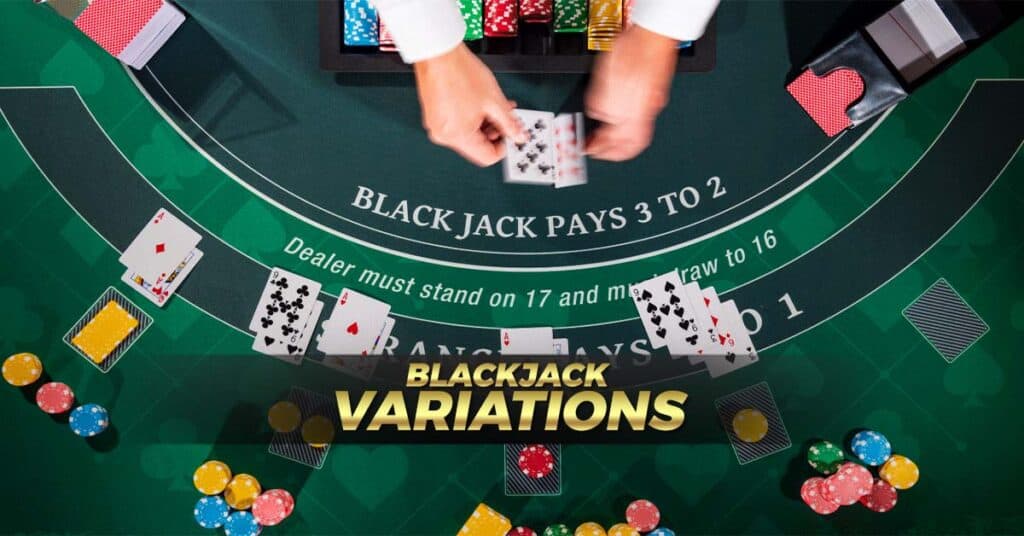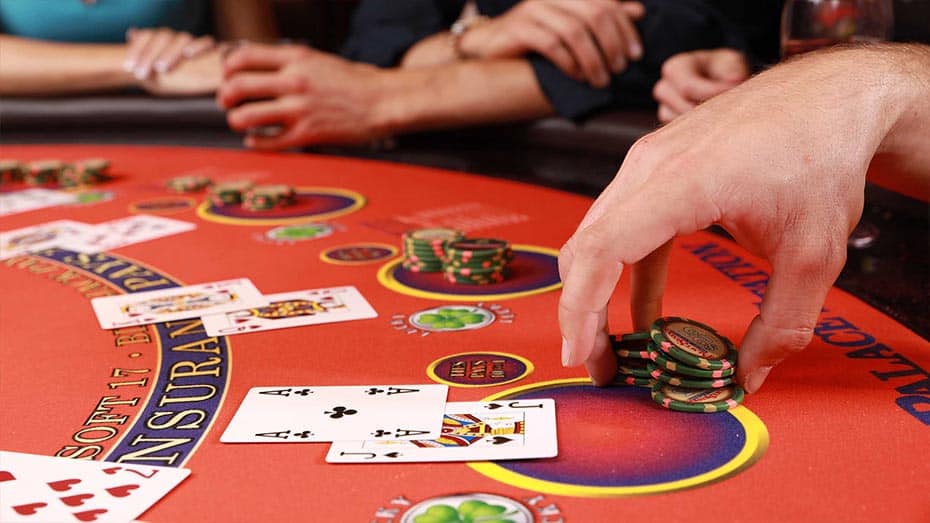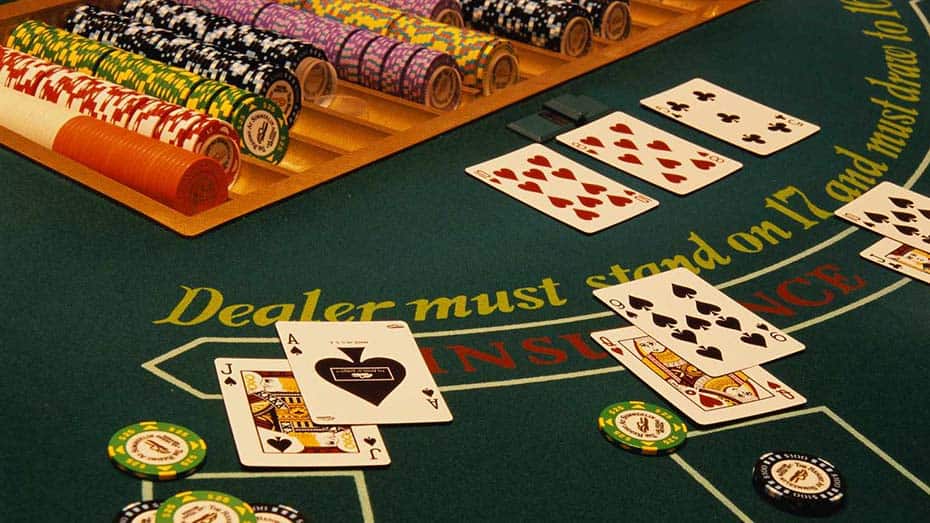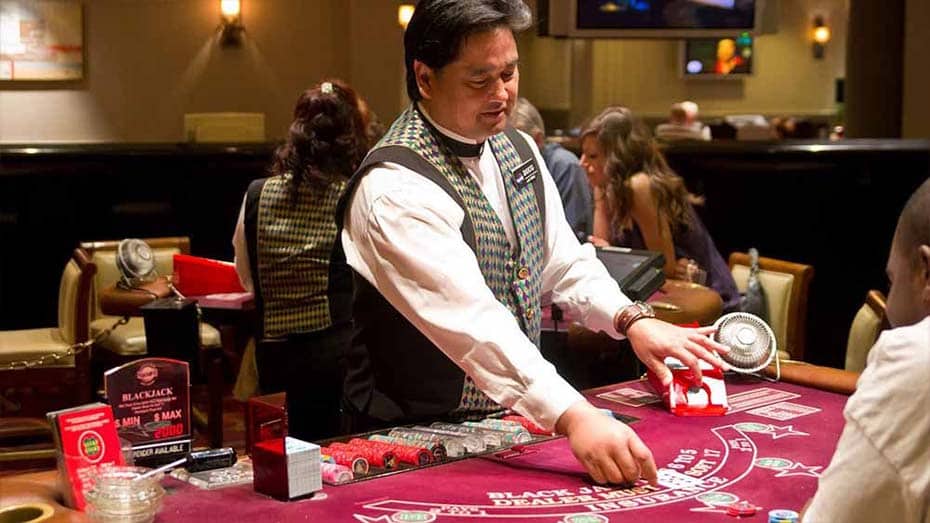Fun88 Blackjack Variations to Try

Fun88 offers many blackjack variations to keep you entertained. Test your skills, strategize, and aim for that perfect hand as you explore the diverse world of online blackjack variations. Join now and experience the ultimate blend of tradition and innovation in the comfort of your own home. Play blackjack variations online today and embark on an exhilarating journey that promises endless excitement and potential rewards.
Blackjack Standard Rules

But before knowing the different blackjack variations in Fun88 and most online casinos, one must be familiar with the standard game rules. The following terms serve as guidelines and are the ones that alter most frequently between blackjack variations or game types.
Number of Decks in Play
The number of decks used in a blackjack game can vary depending on the casino or online platform. The most common options are single deck, double deck, four deck, six decks, or eight decks. Each deck consists of 52 cards. The number of decks impacts the house edge and the overall gameplay experience.
Single and double-deck games offer a lower house edge, making them more favorable for players who employ specific strategies. However, multiple-deck games provide a higher house edge but offer more shuffling and randomization, making it harder for players to count cards effectively.
Dealer’s Soft 17
In blackjack, the dealer’s decision regarding a soft 17 (a hand containing an Ace counted as 11) can vary depending on the game’s rules. In some blackjack variations, the dealer must stand on all 17s, including soft 17, which means they would not take any additional cards.
However, in other versions, the dealer is instructed to hit on soft 17, taking an additional card. This rule, known as “dealer hits soft 17,” slightly increases the house edge. It allows the dealer to improve their hand and potentially beat the players.
Doubling
Doubling down is a popular strategic move in blackjack that allows players to double their original bet in exchange for receiving just one additional card. Here’s some vital information about doubling down in blackjack:
Remember, the option to double down is not always available in every situation or variant of blackjack. It’s essential to familiarize yourself with the game’s rules to determine when and how to utilize this strategic move effectively.
Doubling After Split
In some blackjack variations, players can double down after splitting a pair. This means that after splitting a hand into two separate hands, players can choose to double their bet on either or both of the split hands, providing an opportunity to increase their potential winnings.
Resplitting
In the right circumstances, players may also benefit by resplitting after the initial split. However, not all game variations permit it. If resplitting is prohibited, the house edge rises by about 0.1%.
Surrendering
Surrendering in blackjack is an optional move that allows players to give up half of their bet and forfeit their hand. It is typically offered as a strategic option when players believe their hand is unlikely to win against the dealer’s hand. By surrendering, players can minimize their losses in unfavorable situations and avoid the risk of losing the entire bet.
Dealer Peek
In some blackjack variations, the dealer performs a “peek” or “check” to determine if they have a natural blackjack (an Ace and a 10-value card) before players make their playing decisions. This means that if the dealer’s upcard is an Ace or a 10-value card, they will check their hole card to see if they have a blackjack. If the dealer has a blackjack, the game ends immediately, and players who do not lose their bets. This “dealer peek” rule affects player strategies, as it eliminates the need for players to make different playing decisions when the dealer already has a blackjack.
Payout for Blackjack
In some casinos, the payment for player blackjacks has been reduced. This rarely occurs and usually only happens in blackjack games where most rules are to the player’s advantage. The house edge will rise by over 1% with a payout reduction to 6:5 from 3:2.
Popular Blackjack Variations

Several popular variations of blackjack introduce unique rules and gameplay elements. Here are a few notable examples:
Blackjack Switch
In this intriguing variant, players are dealt two hands and can swap the second card of each hand. This allows for more strategic decisions and exciting opportunities to improve the hands. However, a dealer’s 22 is considered a push rather than a bust, except for a natural blackjack. Here is a closer look at the rule modifications in this blackjack game:
Due to the unique card-switching ability, optimal strategies in Blackjack Switch may differ from traditional blackjack. Players must consider the potential value of switching cards to create stronger hands. For example, switching a low-value card from one hand to another may be advantageous to form a better total.
Blackjack Double Exposure
In this variation, both dealer cards are exposed from the beginning, giving players valuable information. However, to balance this advantage, blackjack pays even money instead of the usual 3:2 ratio, and the dealer wins all ties except for a tied blackjack. The details are as follows:
Spanish 21
In this game variant, all the 10s are removed from the deck, giving the house a slight advantage. However, players have the benefit of favorable rules, such as being able to double down on any number of cards and the ability to surrender after doubling down. Here’s an overview of Spanish 21 Blackjack:
Perfect Pairs Blackjack
Perfect Pair Blackjack is a variation that introduces an additional side bet option based on the player’s initial two cards. Alongside the side bet, this blackjack game follows the standard rules of classic blackjack, where players aim to achieve a higher hand value than the dealer without exceeding 21.
Here’s a brief overview:
Other Blackjack Variations Online

Progressive Blackjack
This is a variant of the classic blackjack game that incorporates a progressive jackpot feature, adding an element of excitement and the potential for significant winnings. In this version, players can place an additional side bet on the progressive jackpot, which accumulates with each participating hand.
Players typically need to achieve a specific hand combination to win the progressive jackpot, such as receiving multiple consecutive Aces or a specifically suited hand. The progressive jackpot payout can be life-changing and add more anticipation and potential reward to the traditional blackjack game.
Pontoon
Pontoon is similar to traditional blackjack but with some key differences. For instance, the dealer’s cards are face-down, and players must reach a hand value of 21 or less without going bust. A five-card hand (a “Five Card Trick”) also beats any other hand except a pontoon.
European Blackjack
A popular variation of the classic blackjack game in European casinos and online platforms. It differs from the American version in that the dealer does not receive a hole card until all player actions are completed, and the dealer does not peek for blackjack, which means players can lose their total bet if the dealer has a natural blackjack.
FAQs
Conclusion
Blackjack variations offer exciting options that add unique twists and strategic elements to the classic game. From variations like Spanish 21, Blackjack Switch, and European Blackjack to special features like double exposure, surrendering, and progressive jackpots, each variation introduces different rules, payouts, and gameplay dynamics.
Players can choose from a wide array of options based on their preferences and desired level of challenge. It’s important to familiarize oneself with each blackjack game’s specific rules and variations to make informed decisions and maximize enjoyment while playing. Whether seeking additional strategic choices, higher payouts, or a different gameplay experience, exploring blackjack variations in Fun88 provides an opportunity to enhance the thrill and excitement of the game.
















